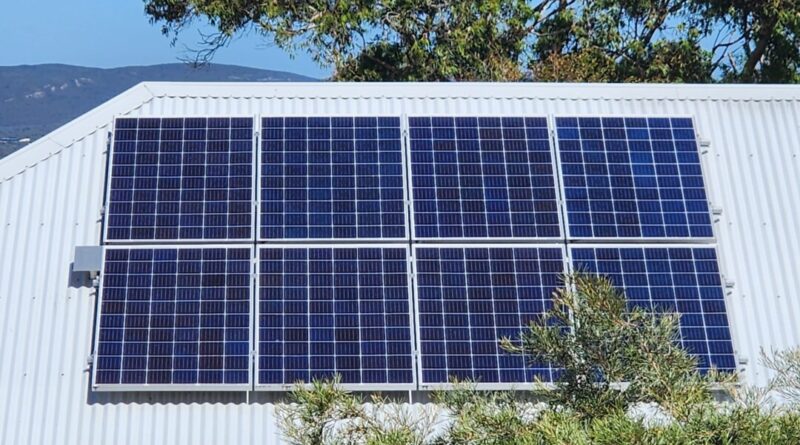Australian Scientists Join Forces with Google to Address Surplus Solar Power
CSIRO and Google scientists are collaborating to develop a new smart inverter for renewable energy.
Australia’s national science agency is teaming up with a secretive Google research and development team to tackle the solar surplus issue impacting the country’s power grid.
Smart inverters are vital devices in solar panel installations to facilitate the integration of solar energy into the power grid through various functions.
Currently, Australia faces a surplus of renewable energy due to more available energy than the power networks can utilize, as the existing networks were not designed for such high energy generation by customers.
Despite this challenge, the Labor government has set ambitious targets to achieve 82% renewable energy generation by 2030.
The New Smart Inverters
As described by the two organizations, the new inverter prototypes have the potential to stabilize electricity grids and accommodate more power from renewable sources like solar, wind, and hydro.
These new inverters, leveraging technology from electric cars, come equipped with advanced sensors and software to communicate with other grid devices such as solar panels and batteries.
Moreover, they have the capability to manage the flow of renewable energy into traditional electricity grids, effectively preventing oversupply and averting blackouts.
According to Tapestry chief scientist Leo Casey, the primary goal is to increase renewables on the grid in a stable manner, with additional features to enhance grid performance.
CSIRO also stated that the new inverters could be 50% more cost-effective to produce, delivering an impressive 300 kilomegawatts output equivalent to 164 inverters currently in the market.
CSIRO principal research scientist Julio Braslavsky mentioned that low-powered smart inverter versions have been tested, with high-power trials commencing in August.
If successful, this technology could enable the power grid to utilize more renewable energy from rooftop solar panels across Australia, aiming to balance the grid in real-time and alleviate congestion without requiring new generators.

‘Sun Tax’ for Solar Panel Owners to Take Effect in July
CSIRO’s announcement coincides with Ausgrid, an electricity distribution company with about four million customers in New South Wales (NSW), introducing a tariff for solar panel owners exporting renewable energy from July. This tariff, labeled as a “sun tax,” will charge Ausgrid customers 1.2 cents (0.8 U.S. cents) per kilowatt-hour of electricity exported beyond a free threshold during peak export hours from 10 a.m. to 3 p.m.
Consequently, a customer with a 5-kilowatt solar system can expect a yearly increase of $6.60 on their electric bill, including $13.30 yearly charges offset by a $6.70 export rebate.
Ausgrid attributed the tariff to the surge in solar energy exported by residential and small business customers, leading to increased operating costs.
“It ensures that customers without access to rooftop solar systems or behind-the-meter batteries do not bear the brunt of rising costs.”
The tariff has sparked objections from Solar Citizens, a consumer group advocating solar panel adoption in Australia.
“Instead of penalties, we should be focusing on removing barriers for more households to adopt solar power.
“If the aim of these tariffs is to promote battery uptake, this approach is too harsh and simplistic.”





